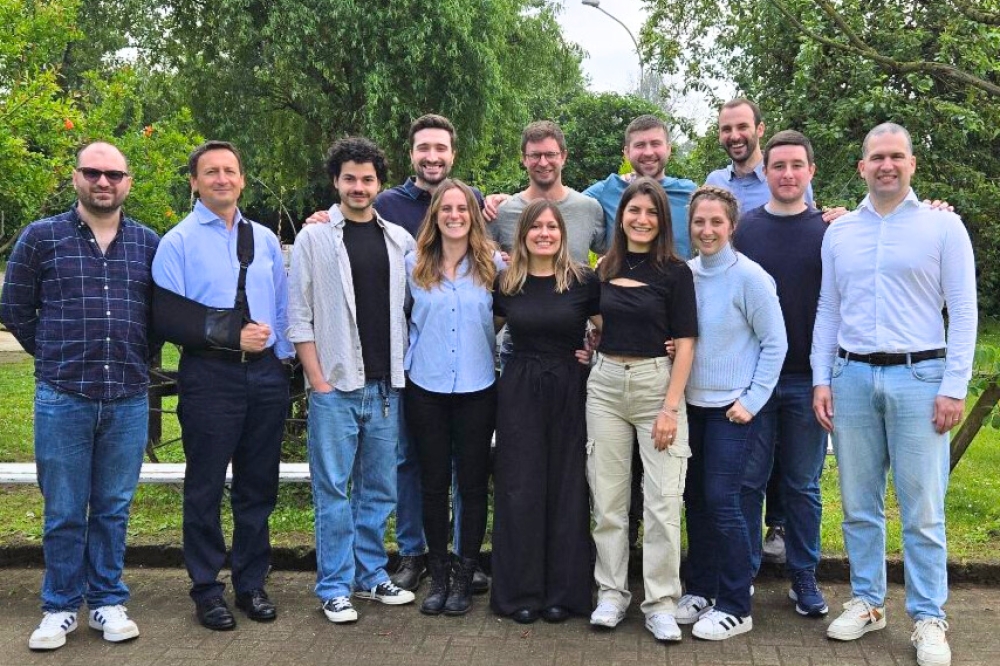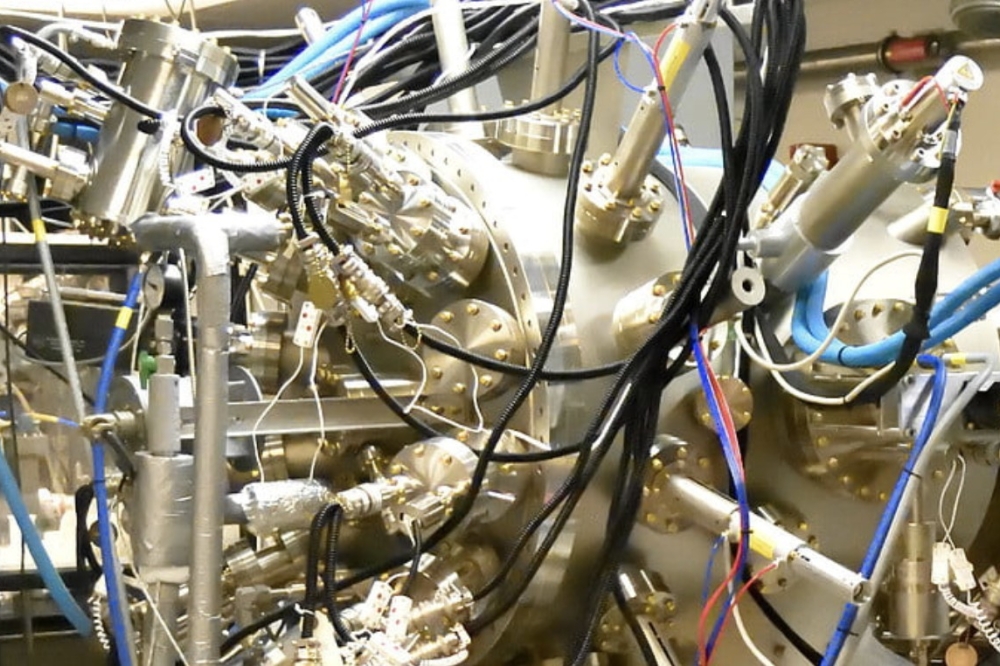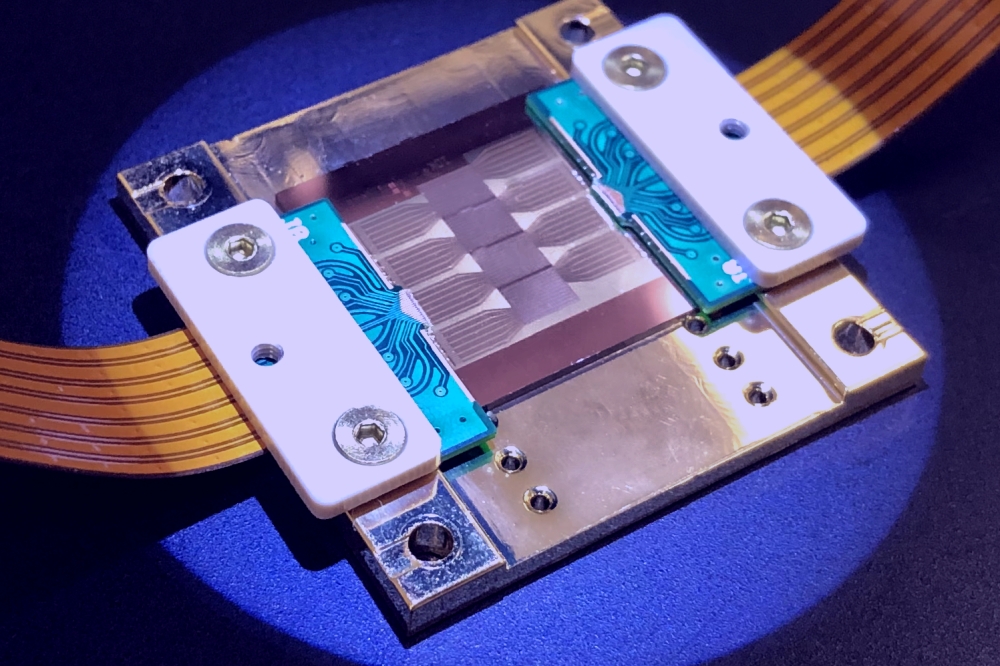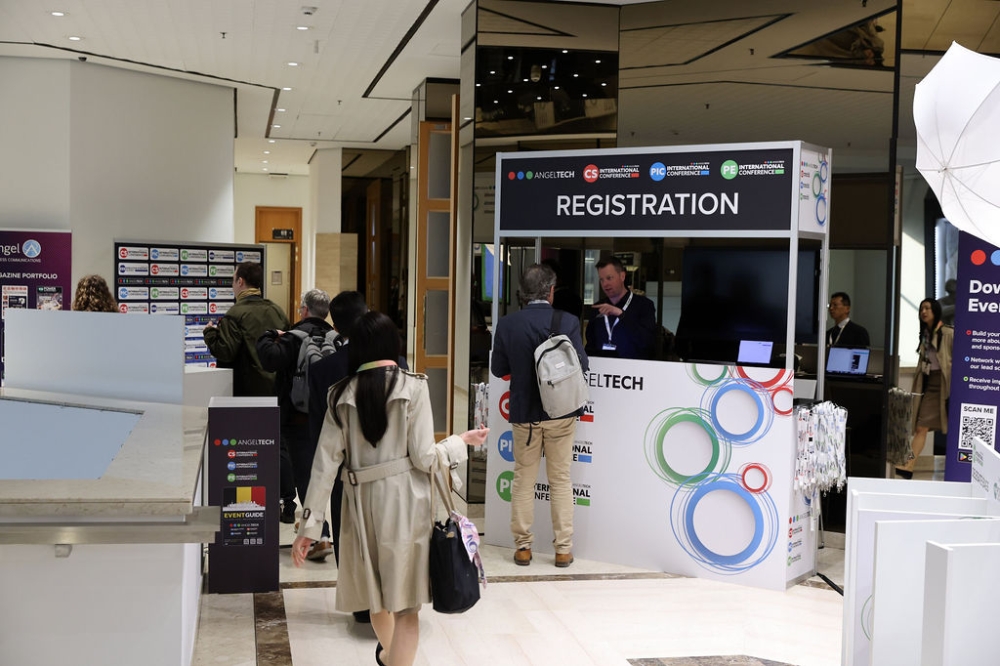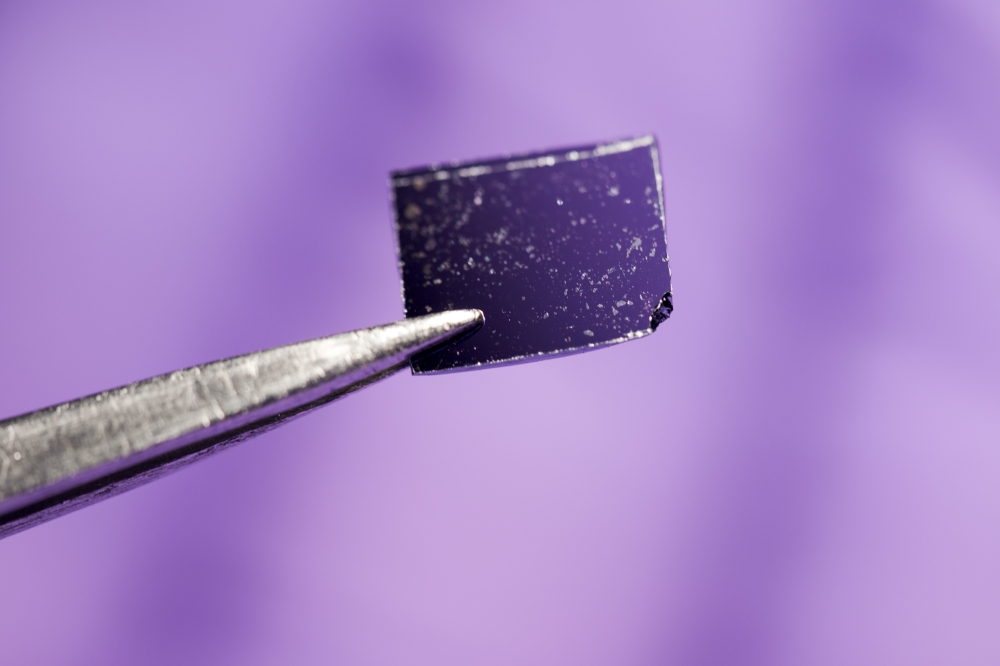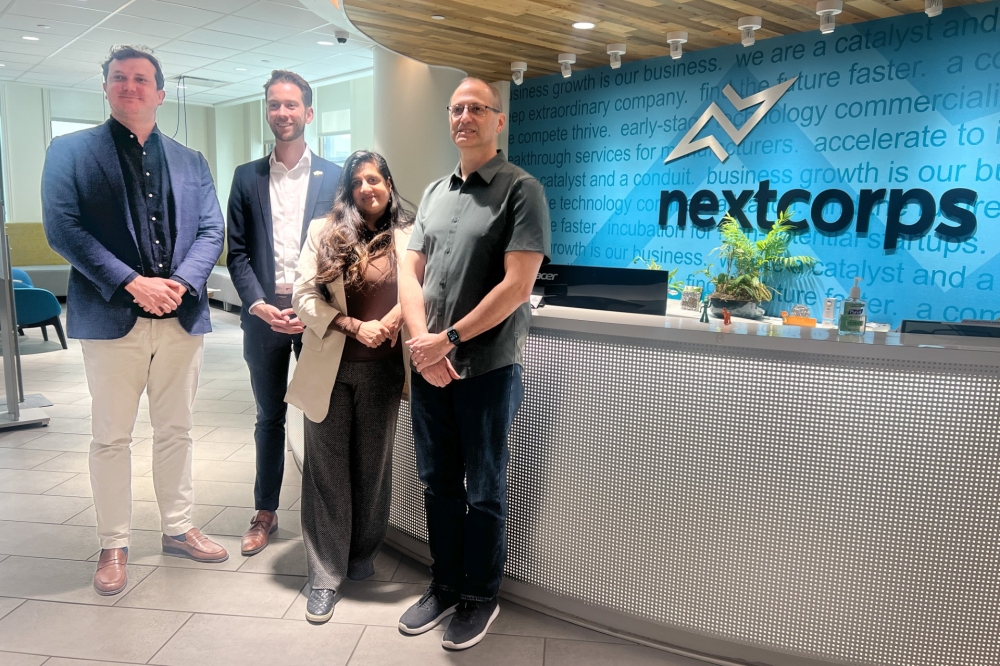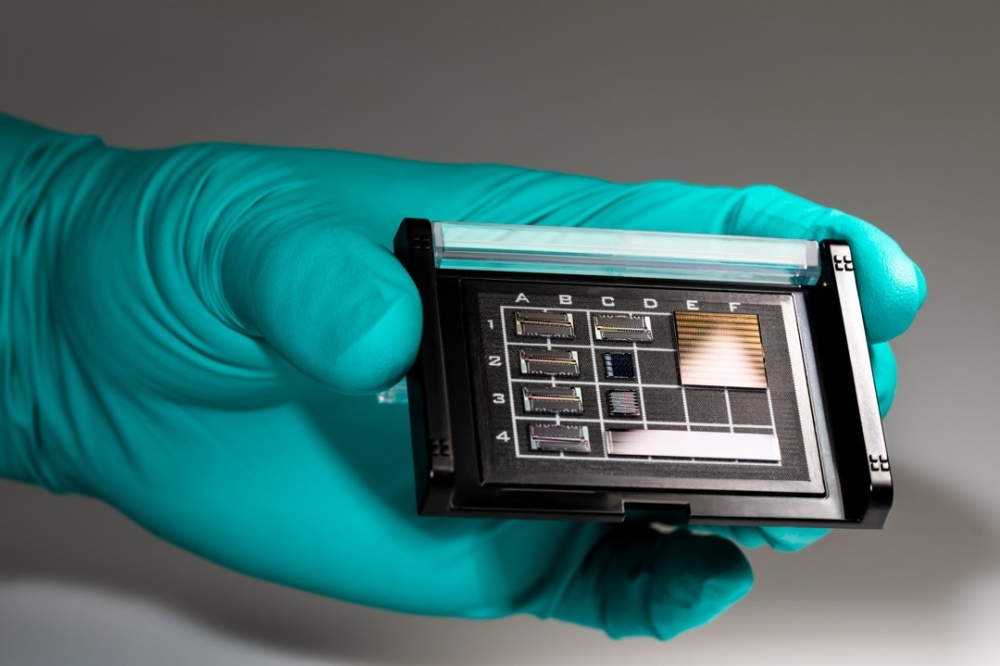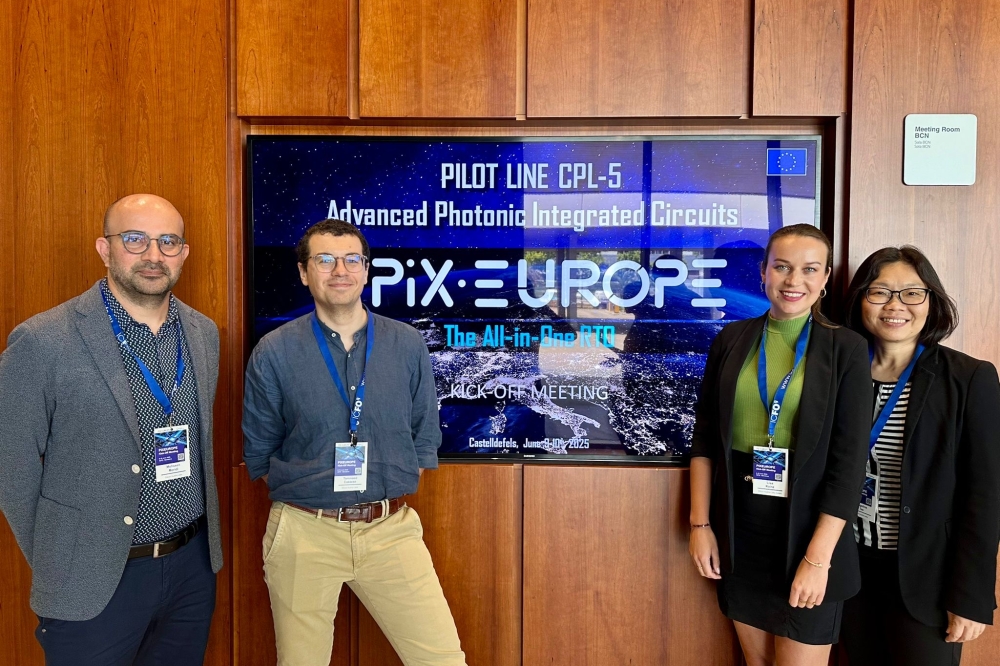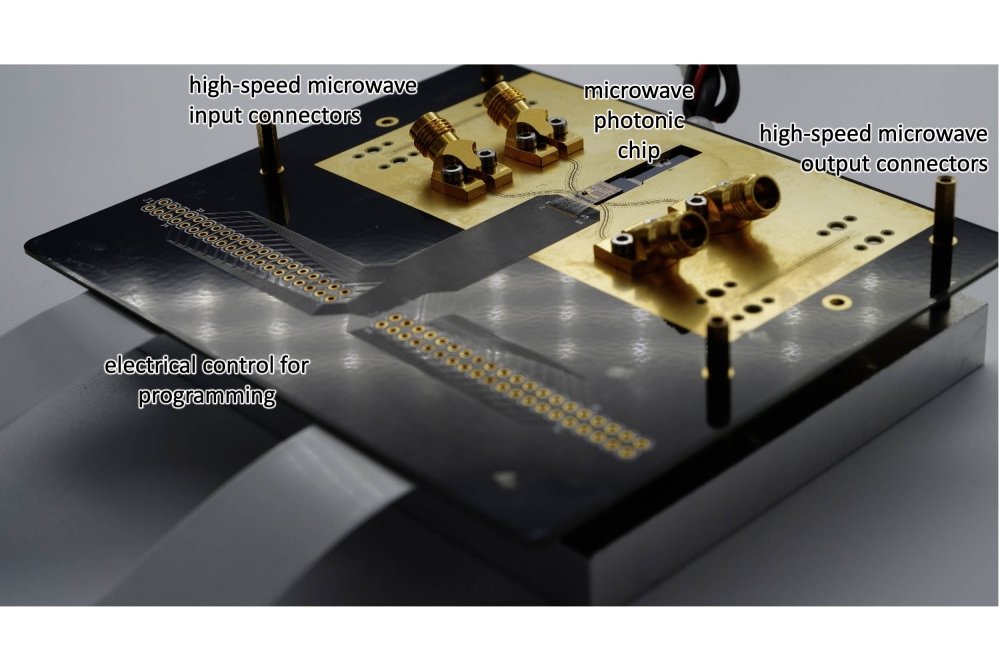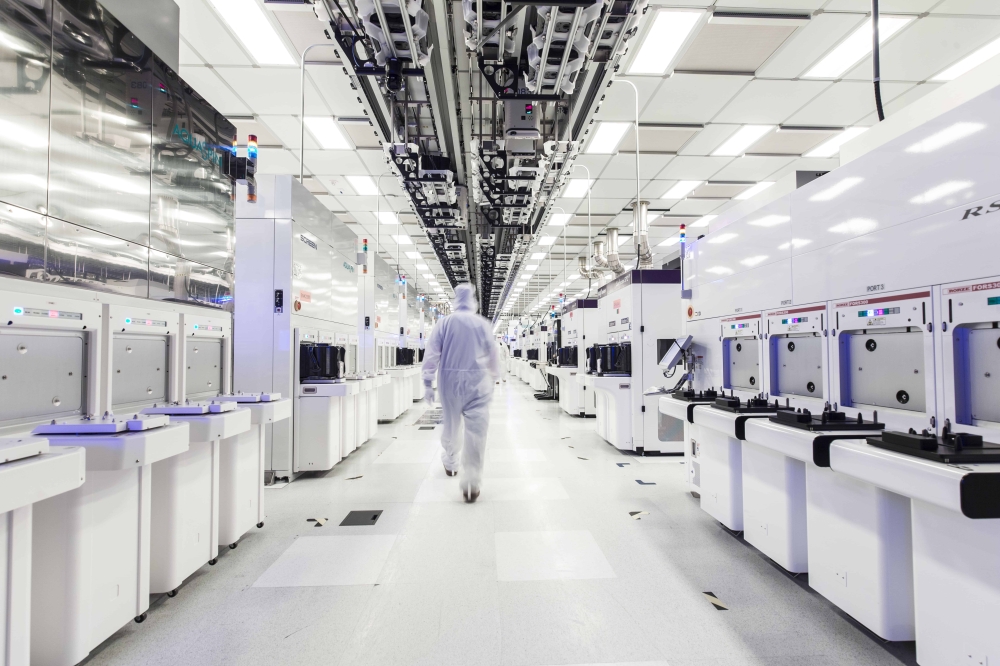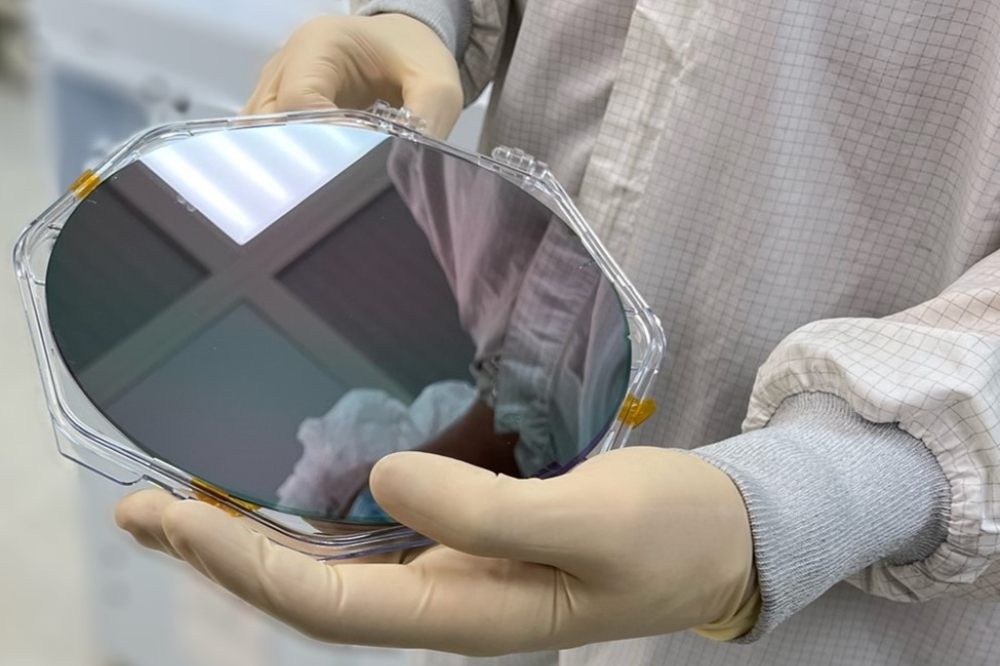Vodafone and the University of Málaga collaborate on mobile communications

The research team is developing microwave photonics chips designed to replace electronic chips in radio units, enabling high-accuracy steering of mobile signals and offering high-quality, energy-efficient service, even in crowded areas
Vodafone and the Photonics and Radiofrequency Research Lab – part of the Research Institute of Telecommunications at the University of Málaga (TELMA) – are collaborating to develop a photonic chip design that can direct a mobile signal straight to a user’s smartphone.
A key component of any mobile network is the radio unit which processes a signal sent and received between users with the help of electronic computer chips. Engineers from Vodafone and the university are co-developing the next generation prototype silicon chip designs based on microwave photonics technology that uses light instead of electricity to control and direct a mobile signal.
This new process, known as advanced optical beamforming, aims to take advantage of light properties to process, steer, and precisely focus mobile traffic to the user with high accuracy.
Some mobile masts are already equipped with beamforming technology to direct a signal towards a specific area instead of broadcasting it more broadly. However, the researchers say that incorporating photonics offers a significant advantage, providing a greater degree of accuracy, reducing signal loss, and limiting interference from other frequencies.
According to the team, other benefits include improved energy efficiency and greater capacity to support many users without compromising on the quality of service. A stronger, stable signal also means a device uses less power to stay connected, preserving battery life.
This collaboration is part of an associated project awarded to Vodafone under the European Commission’s Important Projects of Common European Interest (IPCEI) Programme, supported by the Spanish Ministry of Industry and Tourism. Vodafone says that microwave photonic technology is emerging at an ideal time to benefit next-generation 5G-advanced and future software-driven 6G networks. It is also better equipped for handling higher radio frequencies compared with current electronic systems, the company adds.
Vodafone, supported by the University of Málaga, plans to publish a blueprint for photonic radio unit chips for mobile base stations within the next two years. The main objective is to offer customers continuous streaming services without buffering, even in crowded areas such as stadiums, transport hubs, or shopping centres.
Optical beamforming technology could also contribute significantly to various low-latency, high-bandwidth industrial applications such as autonomous vehicles and factory robotics. Additionally, advanced radar and direct-to-device satellite communication systems, which account for the Earth's curvature, could benefit from its beam steering capabilities.
The researchers are developing two prototypes. The initial prototype involves a passive chip as part of the preliminary proof-of-concept work. Subsequently, the team plans to develop an enhanced active chip to replace the current beamforming component within a radio unit. Ultimately, Vodafone’s longer-term goal is to develop an improved optical radio unit, in which most of the electrical elements are replaced by optical ones.
According to Vodafone, upon completion of thorough testing and validation for commercial network use, a fully functional active beamforming chip will be capable of operating with up to 32 small radio antennas integrated into a single mast, with each antenna being individually controlled. This configuration aims to enable flexible and precise steering of the light beam to multiple users, improving performance and lowering energy consumption while accommodating compact, integrated photonic designs.
This project seeks to improve commercial communication networks and disrupt the current status quo, as well as to support Vodafone’s sustainability goals by enhancing services cost-effectively while also being eco-friendly.



